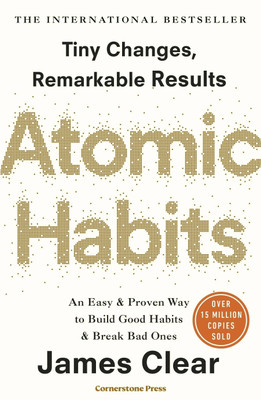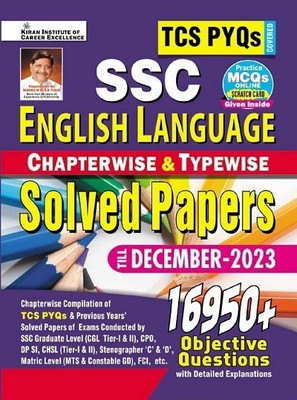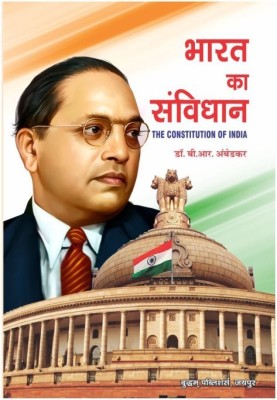
Hypothesis Testing (English, Paperback, Source Wikipedia)
Price: Not Available
Currently Unavailable
Highlights
- Language: English
- Binding: Paperback
- Publisher: Books LLC, Wiki Series
- ISBN: 9781156502129, 1156502128
- Edition: 2011
- Pages: 40
Description
Please note that the content of this book primarily consists of articles available from Wikipedia or other free sources online. Pages: 38. Chapters: Statistical hypothesis testing, Statistical significance, Type I and type II errors, Effect size, Multiple comparisons, Paired difference test, Statistical power, P-value, Null hypothesis, Data dredging, False discovery rate, Testing hypotheses suggested by the data, Uniformly most powerful test, P-rep, Familywise error rate, Lindley's paradox, Holm-Bonferroni method, Generalized p-value, Comparing means, Lady tasting tea, Two-tailed test, Test statistic, Deviance, Closed testing procedure, Round robin test, Alternative hypothesis, Optimality criterion, Statisticians' and engineers' cross-reference of statistical terms, Per-comparison error rate, Omnibus test, Experimentwise error rate. Excerpt: A statistical hypothesis test is a method of making decisions using data, whether from a controlled experiment or an observational study (not controlled). In statistics, a result is called statistically significant if it is unlikely to have occurred by chance alone, according to a pre-determined threshold probability, the significance level. The phrase test of significance was coined by Ronald Fisher: Critical tests of this kind may be called tests of significance, and when such tests are available we may discover whether a second sample is or is not significantly different from the first. Hypothesis testing is sometimes called confirmatory data analysis, in contrast to exploratory data analysis. In frequency probability, these decisions are almost always made using null-hypothesis tests (i.e., tests that answer the question Assuming that the null hypothesis is true, what is the probability of observing a value for the test statistic that is at least as extreme as the value that was actually observed?) One use of hypothesis testing is deciding whether experimental results contain enough information to cast doubt on conve...
Read More
Specifications
Book Details
| Imprint |
|
| Publication Year |
|
| Table of Contents |
|
Dimensions
| Width |
|
| Height |
|
| Length |
|
| Weight |
|
Be the first to ask about this product
Safe and Secure Payments.Easy returns.100% Authentic products.
Back to top






